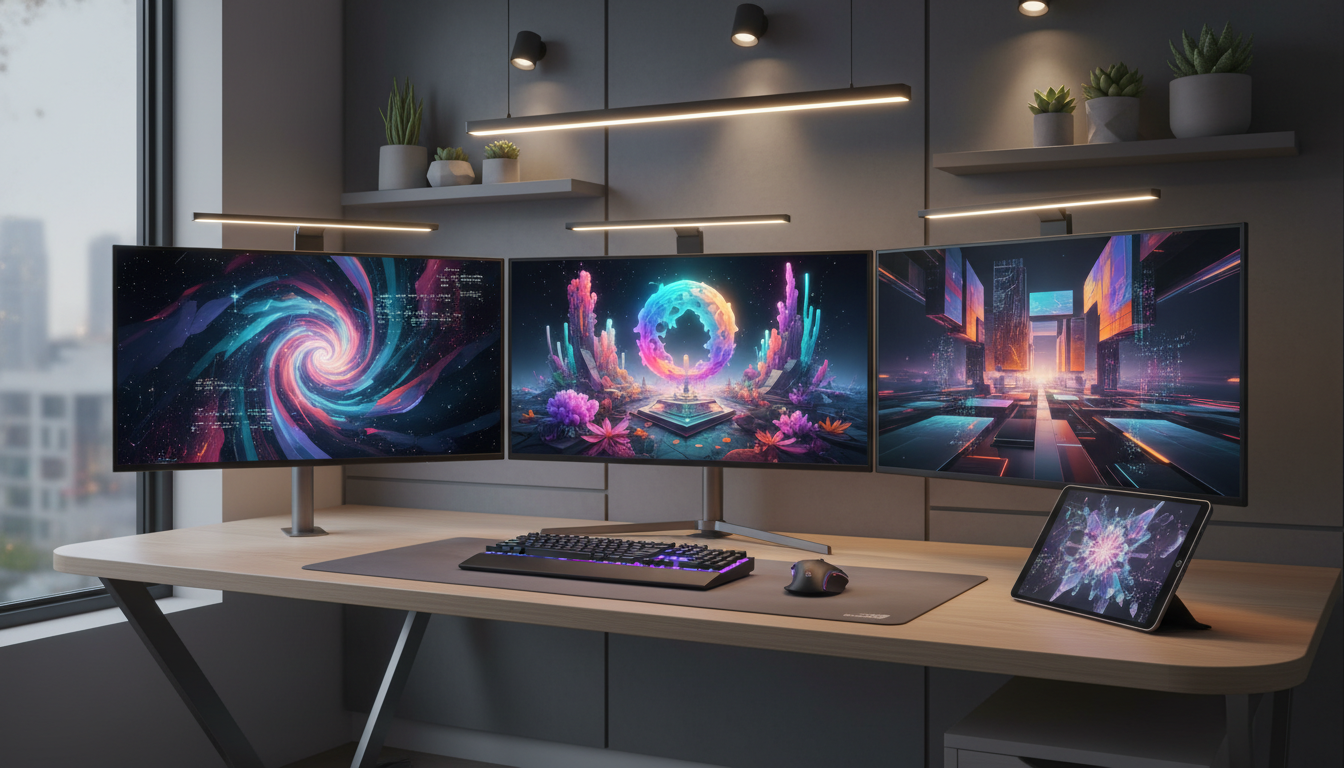CoopeAI positions itself as a multimodal creative hub—text-to-image, image editing, image-to-video and article generation bundled into one workflow. This article evaluates where CoopeAI fits in the fast-moving video AI landscape, how it changes production patterns, and what creators and organizations should watch for when adopting it.
Why CoopeAI matters for independent creators and small teams
CoopeAI combines several steps that used to require multiple tools and specialist skills. For indie creators this reduces friction: a single prompt can seed a visual concept (text-to-image), refine assets (image editing), and convert stills into motion (image-to-video), with an article drafted alongside for distribution. That tight coupling shortens iteration cycles and shifts creative effort from routine execution to higher-level direction.
This is not merely convenience; it's a shift in labor allocation. Where teams once hired VFX artists, copywriters, and editors separately, multimodal tools let a smaller team experiment faster and validate concepts before investing in production.

How CoopeAI integrates into a practical production workflow
A pragmatic pipeline looks like this:
- Ideation: prompt-driven thumbnails and mood images generated quickly.
- Refinement: image editing iterates lighting, composition and branded elements.
- Motion: image-to-video converts refined stills into short animated clips or motion backgrounds.
- Narrative: article generation produces descriptions, social captions and SEO-ready copy.
For teams, the key is composability: exportable assets and clear versioning so the AI outputs slot into existing timelines (NLEs) and CMSs. If CoopeAI provides clean exports (transparent backgrounds, frame sequences, and high-bitrate media), it becomes a practical node in a larger toolchain alongside editors like Runway or AI-presenter platforms such as Synthesia.

Strengths, limitations, and where to apply each feature
-
Strengths: speed of iteration, low barrier to entry, unified asset flow, and value for short-form marketing, prototyping, and educational content.
-
Limitations: current image-to-video outputs often excel at stylized or looped motion but struggle with long, photorealistic sequences and complex temporal coherence. Editing fidelity for close-ups and nuanced facial performance still benefits from human touch or specialized tools.
-
Recommended use cases: social ads, hero visuals, product mockups, explainer animations, and content-first experimentation where fast A/B testing of visuals and copy drives decisions.
Business considerations and ethical guardrails
Adopting CoopeAI (or any multimodal AI) raises operational and legal questions:
- Rights and licensing: clarify who owns models' outputs and whether commercial licenses are included. Maintain provenance metadata for assets you publish.
- Deepfake risks: image-to-video that animates real faces must be governed by consent and clear labeling policies.
- Quality pipelines: use human-in-the-loop checks for brand safety and regulatory compliance, especially in regulated sectors like finance and healthcare.
Enterprises should formalize vendor assessments that cover model transparency, data retention, and API SLAs before embedding such tools into customer-facing workflows.
Competitive positioning and future-readiness
CoopeAI competes in a market where specialization and integration both have value. Platforms like Runway excel at advanced video editing and effects, while Synthesia focuses on avatar-driven presentations. CoopeAI’s differentiator is the end-to-end multimodal experience—if it sustains output quality and export flexibility, it will appeal to creators who prioritize speed and an all-in-one experience.
Longer-term, expect the following trends that will shape adoption:
- Vertical models tuned for commerce, education, and gaming will outperform generalist models for domain-specific fidelity.
- Modular workflows that expose model controls (style, temporal coherence, frame interpolation) will win users who need predictability.
- Governance tooling—watermarking, provenance tracking, and consent workflows—will become standard.
Practical advice for first-time users and decision-makers
- Start with low-risk pilots: social posts, internal training clips, A/B creative experiments.
- Define quality gates: acceptable resolution, motion artifacts, and brand color consistency before scaling.
- Combine strengths: use CoopeAI for rapid concepting, and move polished sequences into specialized editors for finishing.
- Track ROI in creative cycles: measure concept-to-publish time and conversion metrics to justify broader adoption.
CoopeAI and tools like it are accelerating a shift from craft-heavy execution to strategy-led orchestration. The winners will be teams that design hybrid workflows—letting AI handle volume and iteration while preserving human judgment for narrative, ethics and final polish.
For more on technical and market evolution of video AI, see Runway's product resources and Synthesia's enterprise use cases: Runway and Synthesia.